Dhaka, March 15 (V7N)-“It has been an incredibly tough few weeks,” said epidemiologist Wafaa El-Sadr on 9 March, speaking at the opening of the largest HIV/AIDS conference in the United States. El-Sadr recently lost a significant grant from the U.S. Agency for International Development due to the Trump administration’s decision to terminate it, and Columbia University—where she works—faced a $400 million cut in federal funding over allegations of antisemitism on campus. “Now, being here, I feel surrounded by friends and family,” she added.
Conversations throughout the Conference on Retroviruses and Opportunistic Infections, which brought together 3,700 HIV/AIDS researchers, healthcare providers, and advocates, were dominated by shock, sorrow, and anger over the funding cuts impacting public health and biomedical research. Conference chair Diane Havlir, an HIV/AIDS specialist at the University of California, San Francisco (UCSF), criticized the “sudden withdrawal” of HIV-related support, describing it as “cataclysmic and cruel.”
HIV/AIDS advocate Rebecca Denison, who has lived with HIV for 35 years, likened the cuts to dropping an egg: “You can’t just put it back together.” Addressing scientists at the event, she said, “Your work saved my life.”
Despite the grim atmosphere, the conference unveiled some encouraging scientific progress. Promising results suggest a drug could offer a year-long defense against HIV with just a single injection, potentially revolutionizing pre-exposure prophylaxis (PrEP). Researchers also presented findings showing that rare antibodies might enable HIV control without the need for antiretroviral medication—an important step toward a possible cure. “We have made significant strides,” said UCSF’s Steven Deeks, an HIV cure researcher.
The PrEP-related breakthrough follows two major trials showing that a single shot of lenacapavir effectively protected against HIV for six months—a significant advance over daily pills. The study, recognized by Science as its 2024 Breakthrough of the Year, has now progressed further. Gilead Sciences researchers revealed that 40 participants received a 5-gram dose of lenacapavir, more than five times the earlier amount. After one year, drug levels remained higher than the six-month mark for the smaller dose, indicating lasting protection. “Seeing a small molecule endure this long is incredibly rewarding,” said Renu Singh from Gilead.
Virologist Douglas Richman from UC San Diego praised the results, which were published on 11 March in The Lancet, as “very impressive.” However, the high-dose injection, administered into a gluteal muscle rather than under the skin, caused some injection-site pain. Cooling the area beforehand helps, and Singh noted the dose may be reduced in the future. Gilead is set to begin larger efficacy trials later this year.
Nonetheless, researchers caution that PrEP alone will not reverse troubling HIV trends. About 1.3 million people contracted HIV last year—far above the 370,000 target set by the Joint United Nations Programme on HIV/AIDS for this year. The epidemic continues to expand across regions such as the Middle East, North Africa, Eastern Europe, Central Asia, and Latin America. Chris Beyrer, head of the Duke University Global Health Institute, warned that without a vaccine or a definitive cure, HIV prevalence is likely to keep rising, even with broader PrEP use.
Moreover, the promise of long-acting PrEP faces new threats. As of 6 February, the U.S. Department of State announced that the President’s Emergency Plan for AIDS Relief would restrict PrEP funding to only pregnant or breastfeeding individuals—a small portion of those at high risk. “We are dismayed that the tremendous U.S. government investment has been abruptly scaled back,” said Beatriz Grinsztejn of the International AIDS Society.
Nevertheless, research continues to shine a light on future possibilities. Scientists have long struggled with the HIV “reservoir”—immune cells that hide viral DNA. These reservoirs enable the virus to return even after effective treatment with antiretrovirals.
Earlier attempts to eliminate these hidden reservoirs using "latency reversal agents" failed, as nearly everyone who paused their medication relapsed within weeks. Now, researchers are pursuing a different path: administering rare “broadly neutralizing antibodies” (bNAbs) to individuals with suppressed HIV. Unlike standard antibodies, bNAbs can neutralize a wide range of HIV strains.
Typically, only 4% of untreated individuals maintain viral control after stopping medication. However, small trials show that 10% to 20% of participants given bNAbs could maintain undetectable virus levels for at least 84 days. “It’s far from perfect, but it’s a promising start,” said Ole Schmeltz Søgaard from Aarhus University, who researches HIV cures.
At the conference, Thumbi Ndung’u from the Africa Health Research Institute shared results from Africa’s first HIV cure study using two bNAbs in 20 women. Four participants have remained virus-free for 55 weeks post-treatment, with one off medication for 2.5 years. “The big question now is why only some people respond this way,” said Ndung’u.
Similarly, in a trial conducted in the U.K. and Denmark, 75% of participants who received two bNAbs showed no viral rebound after 20 weeks off treatment, compared to just 8.8% in the placebo group. Seven individuals maintained full viral control for an additional year after a second bNAb dose. “Understanding why some respond better is critical,” said Sarah Fidler of Imperial College London.
One possible explanation involves a “vaccinal effect,” where bNAbs binding to HIV stimulate a powerful T cell response against infected cells. Søgaard described a case of a study participant who controlled HIV for over seven years after a combination of latency reversal agents and bNAbs.
Mauro Garcia, a Ph.D. student at Johns Hopkins University, presented findings showing that individuals who naturally produce strong neutralizing antibodies—known as autologous neutralizing antibodies (aNAbs)—experience significantly delayed viral rebound. Measuring aNAb levels could help predict who can control the virus after stopping treatment.
“There isn’t a single mechanism that maintains control,” Søgaard emphasized, arguing that enhancing the immune system remains the most promising path toward a cure. “Strengthening immunity is the way forward,” he concluded.
END/MSS/HON/AJ



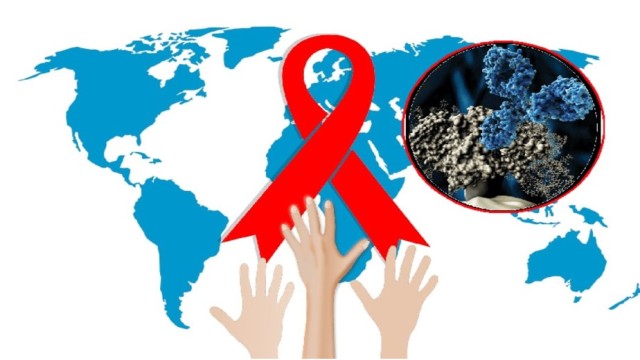
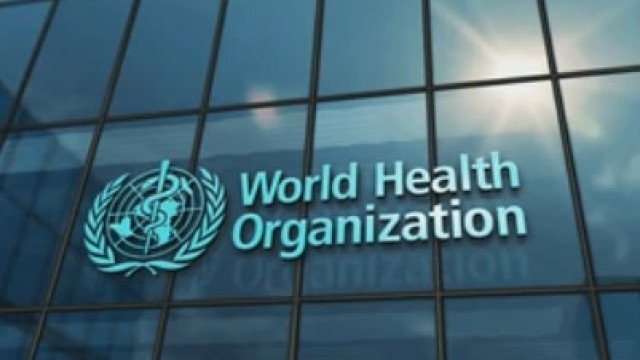
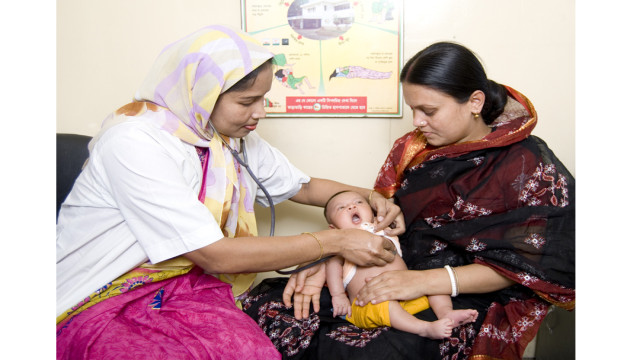
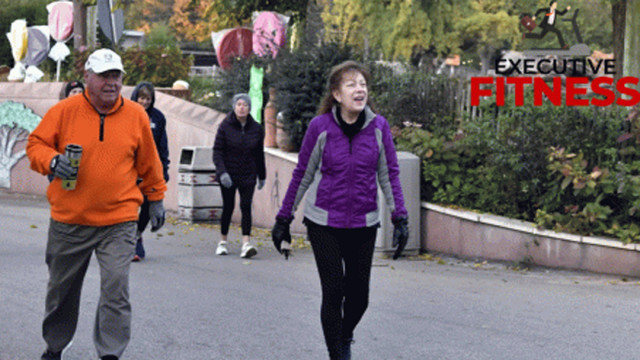

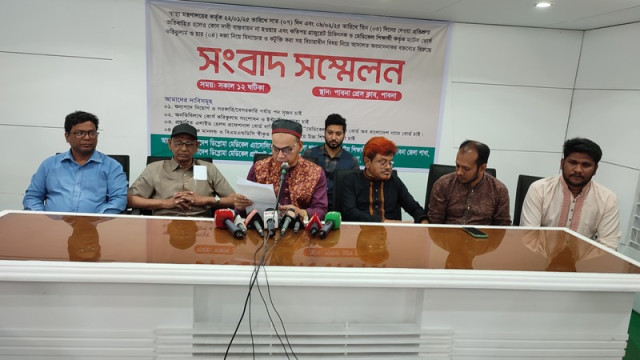

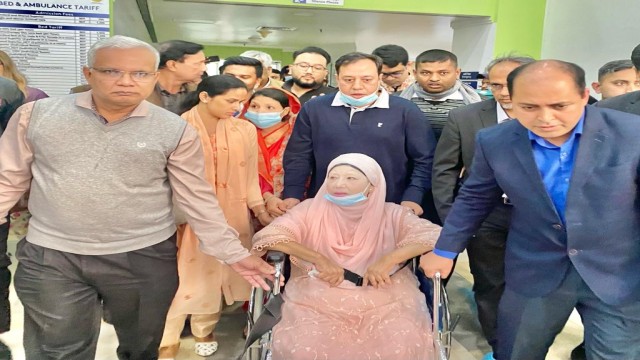

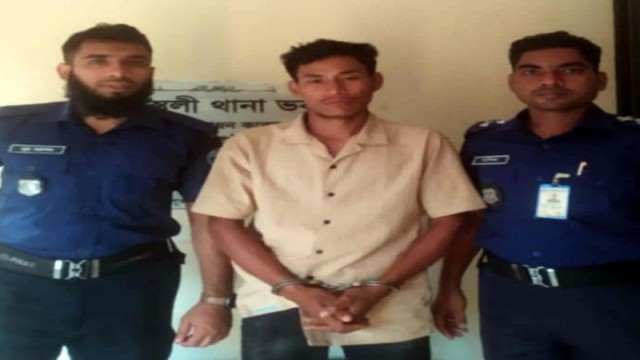

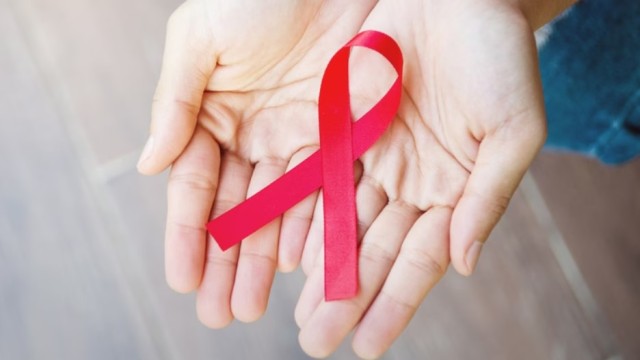
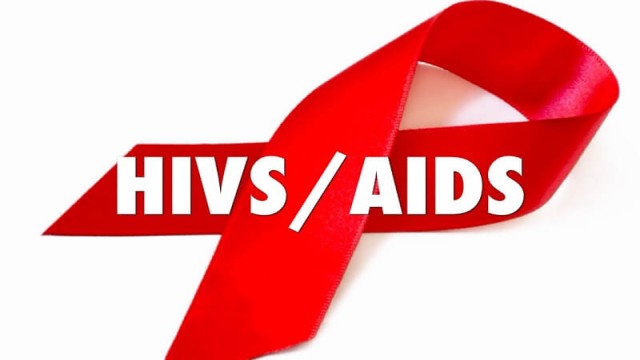

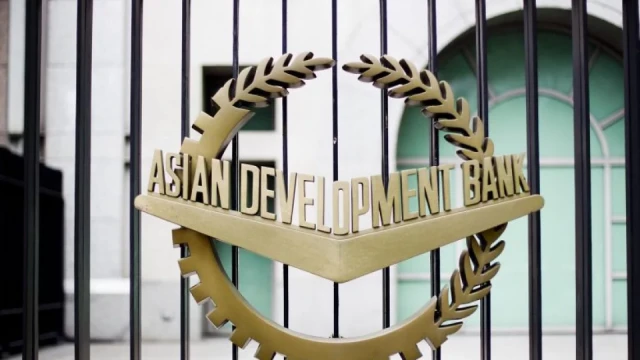

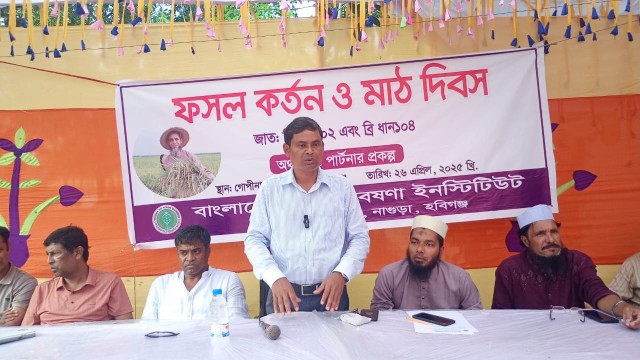
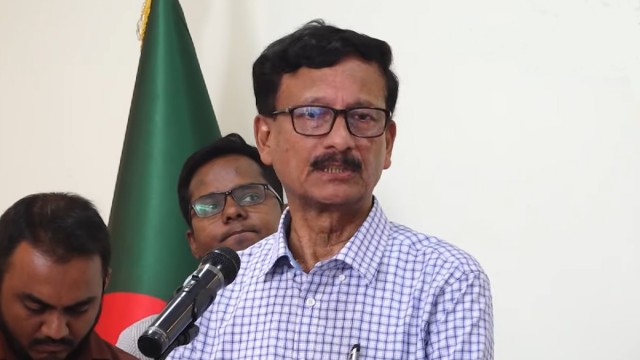





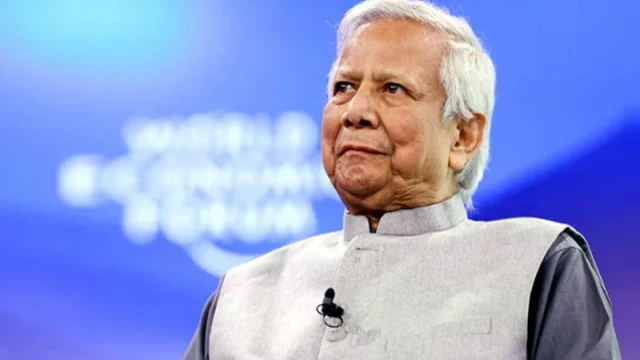


Comment: